Asked how best to get to know new cultures, travel luminary Anthony Bourdain once said: “Drink heavily with locals whenever possible.”
This series is about getting pickled with people far cooler than I am, wherever I’ve washed up.
Fast-paced, cacophonous, always surprising; if Mumbai is the hub of India’s creative scene, Soho House Mumbai is the home of its creative set. The eleven-story townhouse stands out in studiously hip Juhu, flanked by contemporary galleries, boutiques, fine-dining spots and a stretch of beach (though the water’s not for swimming).
Inside I was fascinated by 200 pieces of art, 85 percent of which is by artists based in India, or of Indian descent. Plus the filmmakers, musicians and writers lolling around on a handful of candy-striped rooftop cabanas, smoking Vogues. Meetings start with bubbles, and a side of chili cheese toast.
In my case, it was white peach Bellinis, as the blazing sun dipped below the horizon of the Arabian Sea. In Mumbai I’d discovered a city that thrives on contrasts, and never stops hustling. Who better to help me digest it than Kate Bryan, Soho House’s global head of collections, who spent two years assembling the first Asian outpost’s artwork. The result is a celebration of — and respite from — the garrulous, smoggy, vivacious capital. I got to work digesting every canvas I could find (and the lengthy cocktail menu).
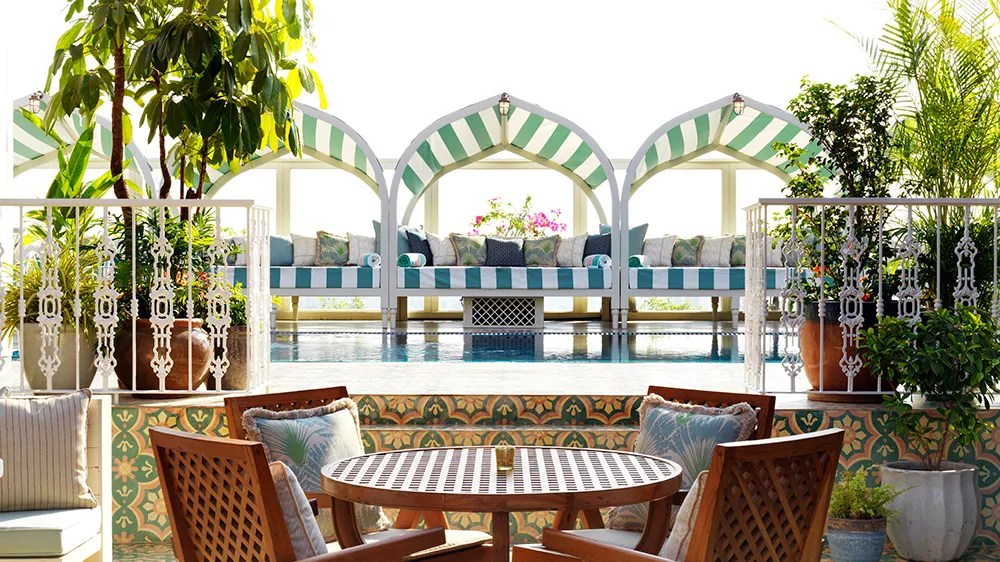
I spotted pieces by international names like LA-based Australian Paul Davies and British sculpturist Gavin Turk, alongside local stars including Subodh Gupta. Exploring the courtyard, I stumbled upon a huge mural depicting Bollywood star Kishore Kumal. An amalgamation of styles and cultures somehow fits together perfectly.
First, I asked if Kate’s vision was clear from the beginning.
“The idea was always to create something that represented the Indian art scene at the time we opened. Inclusivity is key, so it was crucial to have a balance in gender and to feature both established, museum-level names from India and champion emerging talent.”
Kate wanted to reflect what’s being made and exhibited in India and beyond, rather than imposing strict aesthetic guidelines.
“A great fear of mine is that the art matches the décor,” she shares. “Nick Jones [founder of Soho House] told me early on that the Houses should never feel flashy. They should feel like they’ve always been there, as though the art was amassed slowly over time.”
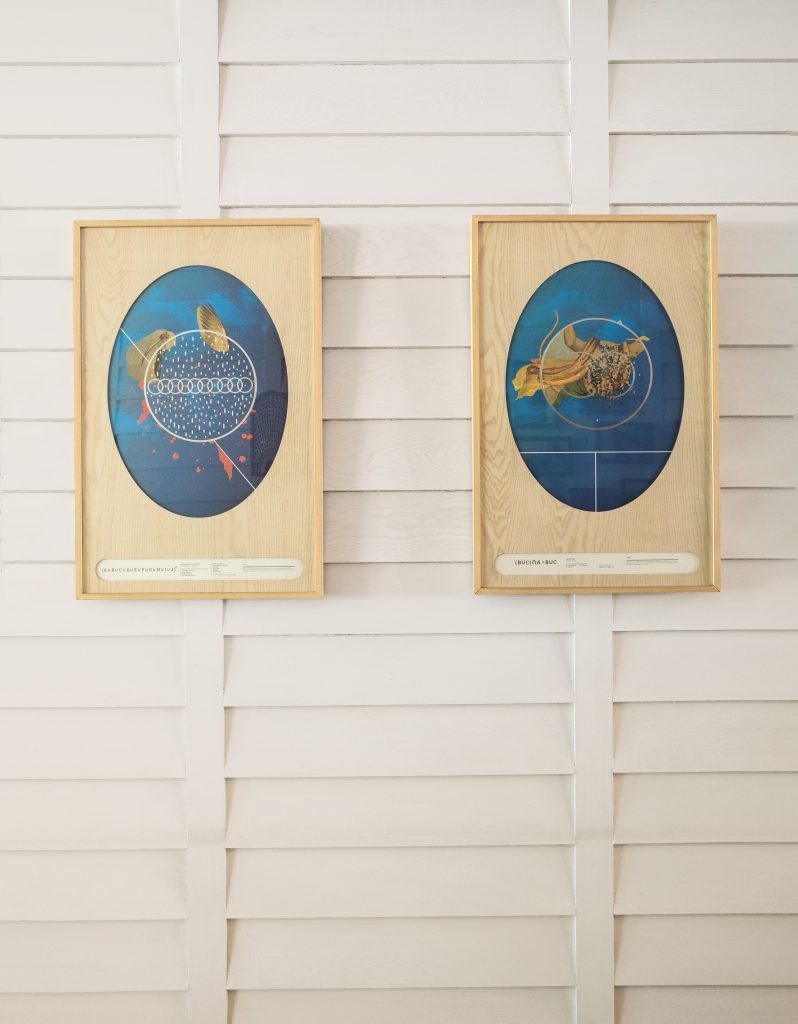
This philosophy guided her choices at the Delhi Art Fair and Mumbai’s slew of galleries.
“Once I had major names like Bharti Kher and Thukral and Tagra in the collection, it became easier to approach younger artists who might not have heard of Soho House.”
The authority on member’s clubs, Kate’s passion for Soho House’s ethos is evident. “We’re not decorating a hotel,” she said firmly. “It runs much deeper than that.”
That it does. The first Soho House emerged on London’s Greek Street in 1995, above Nick Jones’s restaurant Café Boheme. These days the global community can mingle in more than forty locations: houses are set to spring up in Barcelona, Sydney and Manchester in 2025. But first, openings in the French Quarter of Charleston, South Carolina and 250-acre former working farm Grasmere House in Rhinebeck, New York.
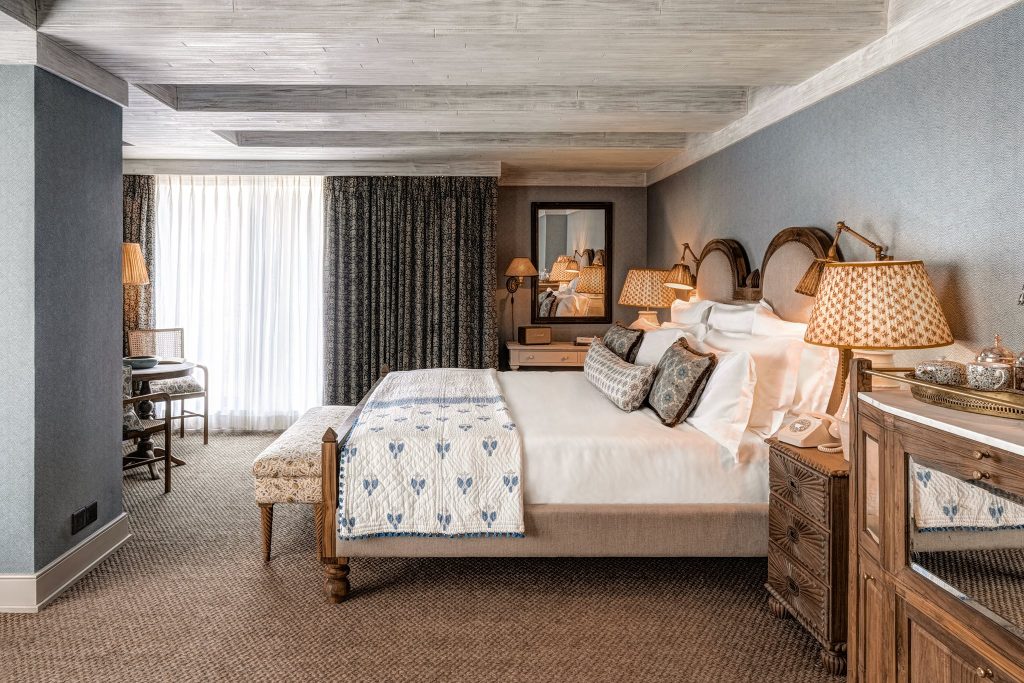
I was privileged to check into a “Big” room on a sweltering evening; patterned throws, rustic woods and velvet armchairs delivering a slice of the bucolic Britain I grew up in. I washed the dirt from my feet with handfuls of exfoliating scrub from the hotel’s emblematic Cowshed range — a nice touch, in a city coated in dust. But I wanted to get out, and back to India; finding my bearings in the club, my attention was captured by a busy piece from enigmatic artist Princess Pea.
Her alter ego is a cartoon figure, here shown contorting her body into various positions, doing her damndest to practice yoga amid city chaos. To me, it’s a meditation on the pressures placed on women, trying to take care of themselves in suffocating circumstances — without premium skincare products, five-star hotels and air con.
“[Princess Pea] works anonymously, wearing an oversized anime head to obscure her identity. Her work is performance-based and digs into issues around feminism, body positivity and the weight of societal expectations placed on young women in India.
“We acquired several photographic pieces documenting her work in schools, which feels so poignant,” Kate continued.

I considered how the club takes care to uphold contemporary culture in all its forms. Opening in 2018, the same year that homosexuality was decriminalized in India, it hosts regular Pride parties. For 2023, Soho House gave one of its beach-facing walls to the LGBTQIA+ platform Gaysi Family, who used the canvas to outline an artistic manifesto for inclusivity.
“The art can either complement the room or, in some cases, disrupt it,” Kate explained.
You might spot prominent British artist Michael Craig-Martin in the atrium, but the focus is very much still on the Indian scene.
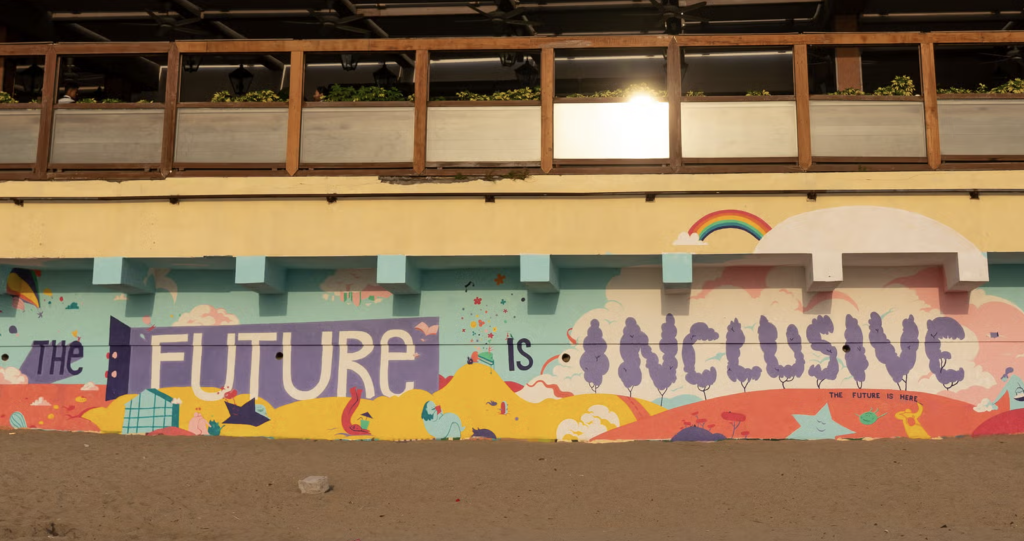
Kate lists Bharti Kher among her favorites.
“Bharti is an artist who’s incredibly sensitive in her work. She’s originally from London, like Soho House, but moved to Delhi. We acquired an abstract circular painting from a series of hers. It was important to me because Bharti’s work represents the heart of the collection, blending international and Indian influences.”
With treasures like these to peruse (plus a cinema, gym, and Cecconni’s restaurant), I can attest it’s hard to peel yourself away from “the House.” But this is Mumbai, so phone down, eyes up, sneakers on — you have to get out and walk to the beat.
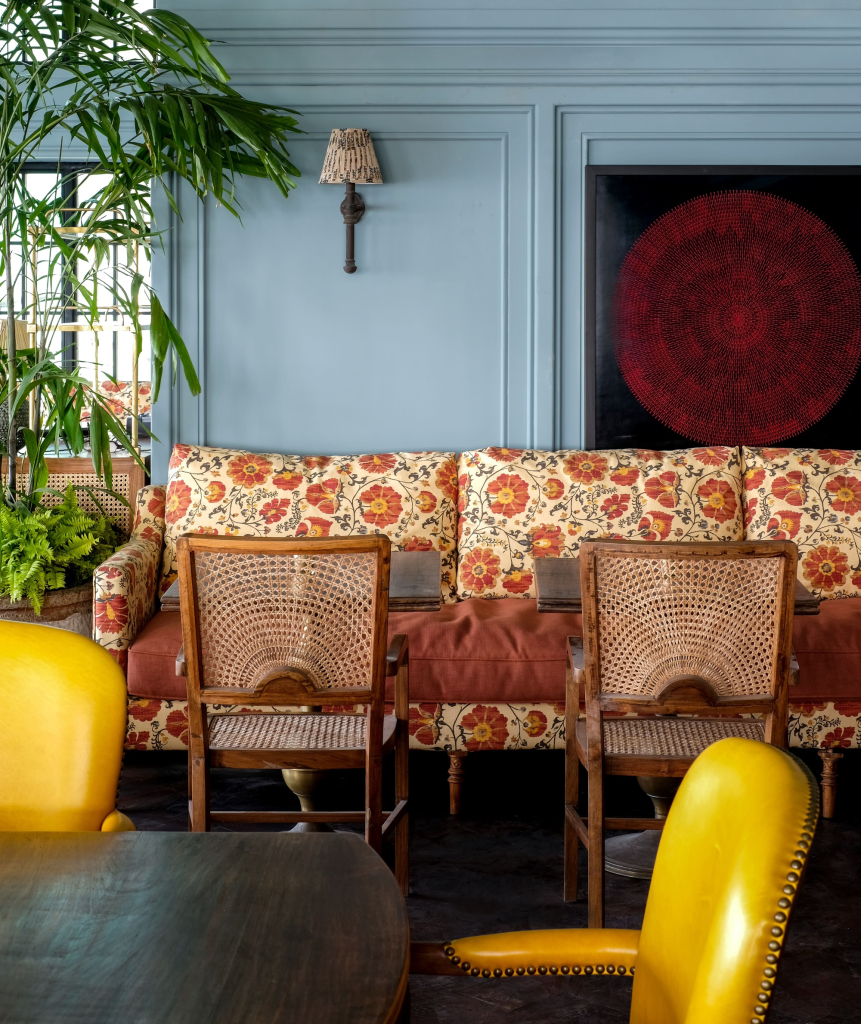
“Mumbai Galleries Weekend is a must,” Kate enthused. “It happens every January and has this incredibly open, welcoming vibe, with extended opening hours, drinks, and performances that make the art scene feel very accessible. If you can time your visit with that, I highly recommend it.
“Otherwise, some of my favorite galleries are Chemould Prescott Road, Galerie ISA, Project 88 and Jhaveri Contemporary.”
I wandered around jewelry shops and fashion boutiques in natty Colaba, braved camera-wielding crowds at the Gateway of India, and tried Vada Pav at street food mecca Mahim Khau Galli. Filthy, exhausted, and high on life, I raced back to Soho House, willing tuk tuk traffic to ease in time for one last brilliant sunset.
Building a home-from-home in a city like this isn’t easy; few hotel chains manage it without sacrificing local charm. In that particular art form, Soho House can call itself a master.



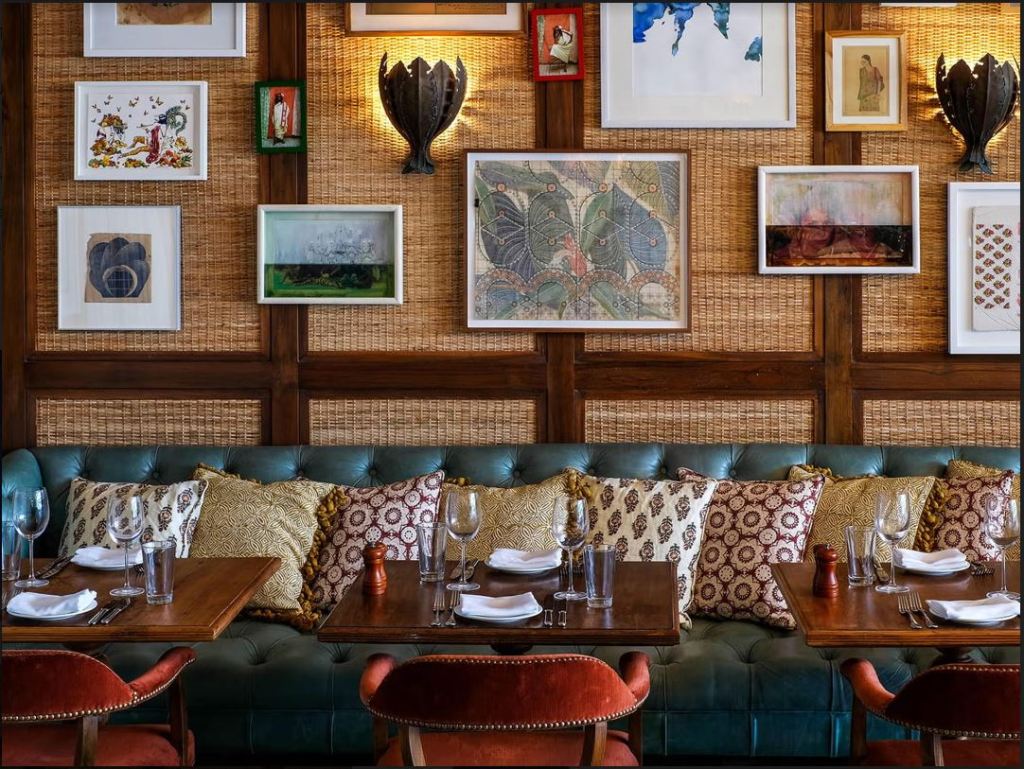






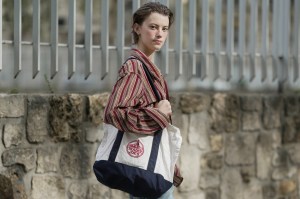
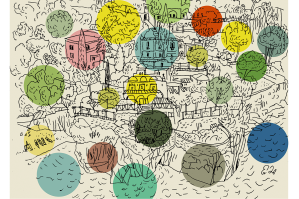
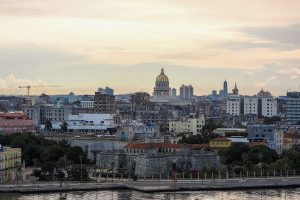
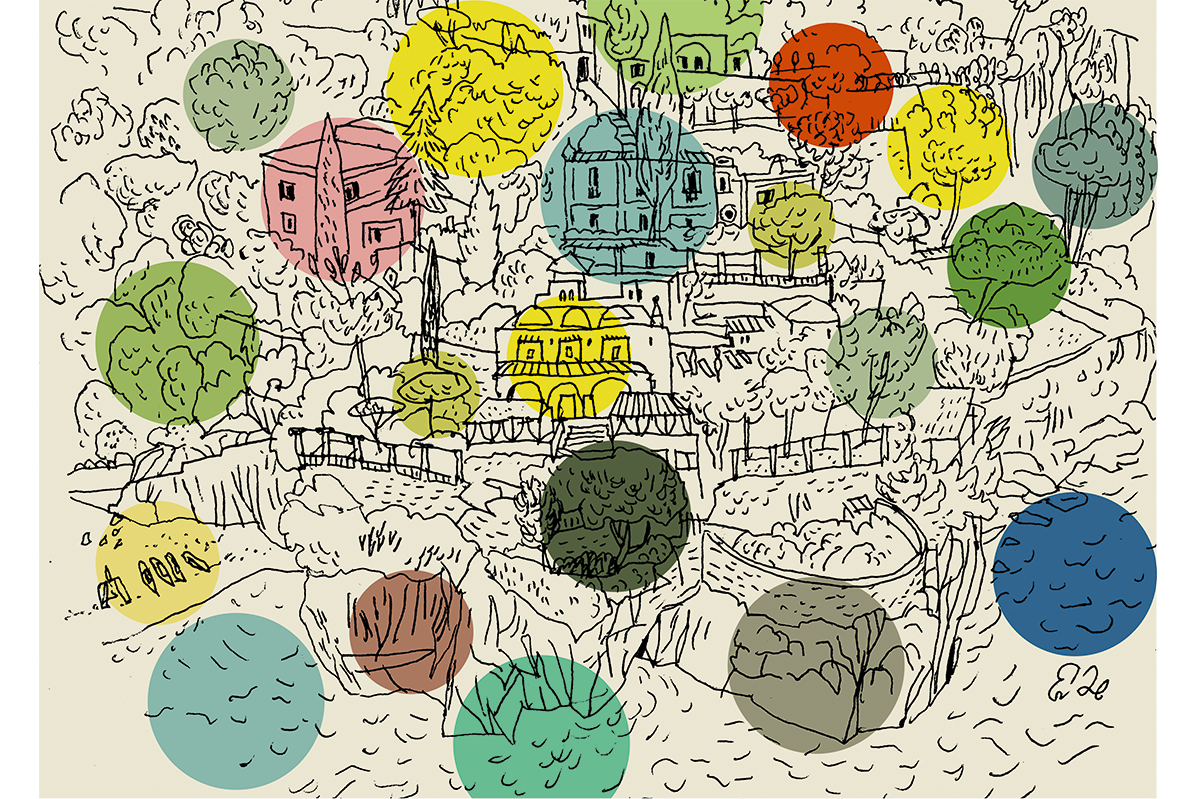
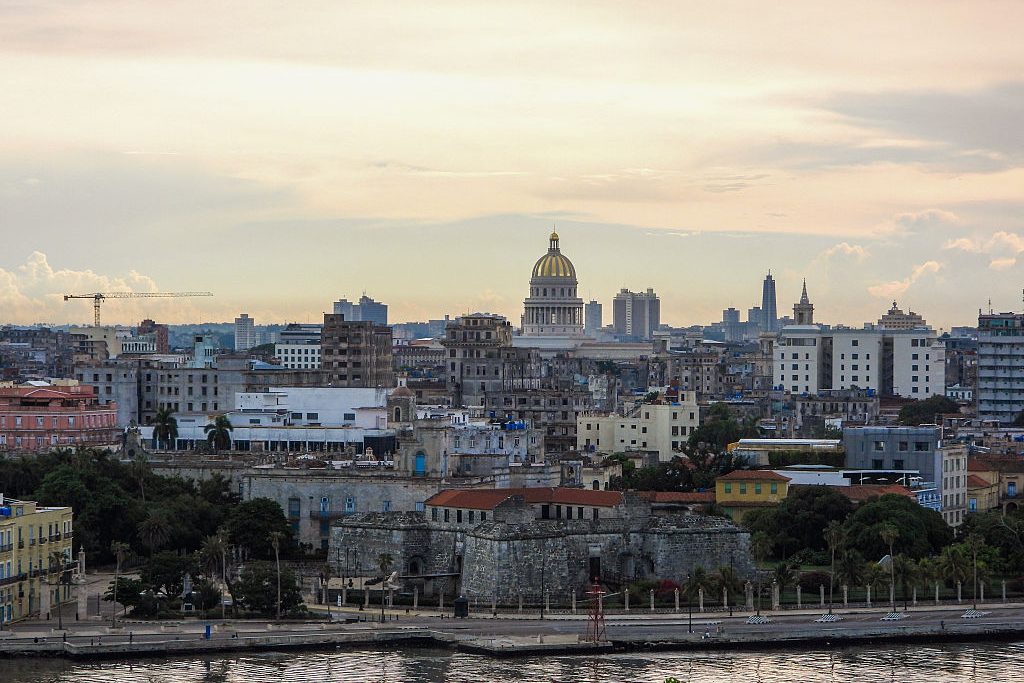

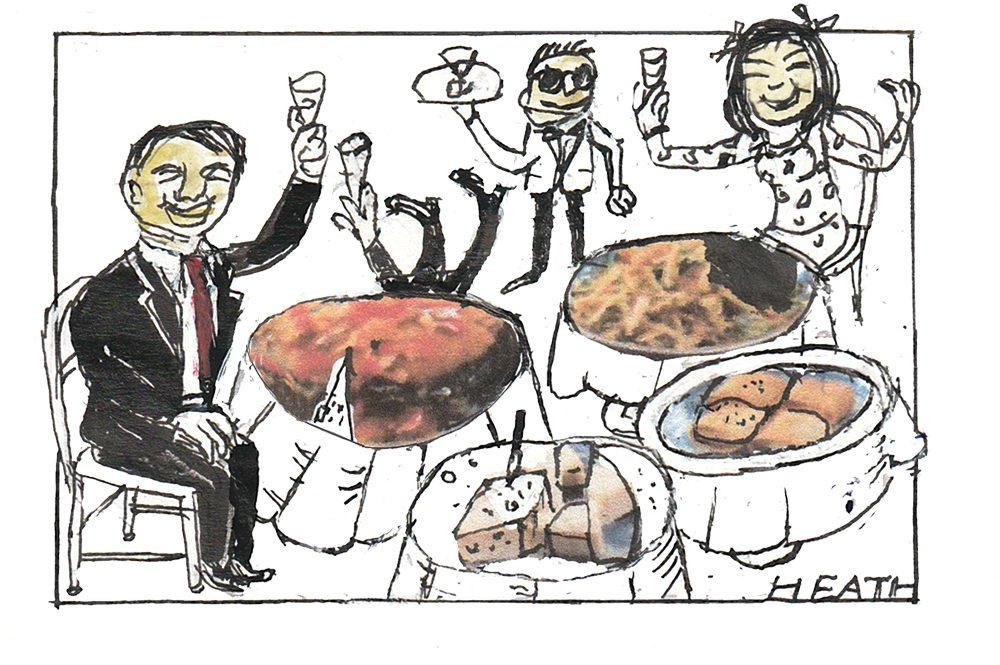
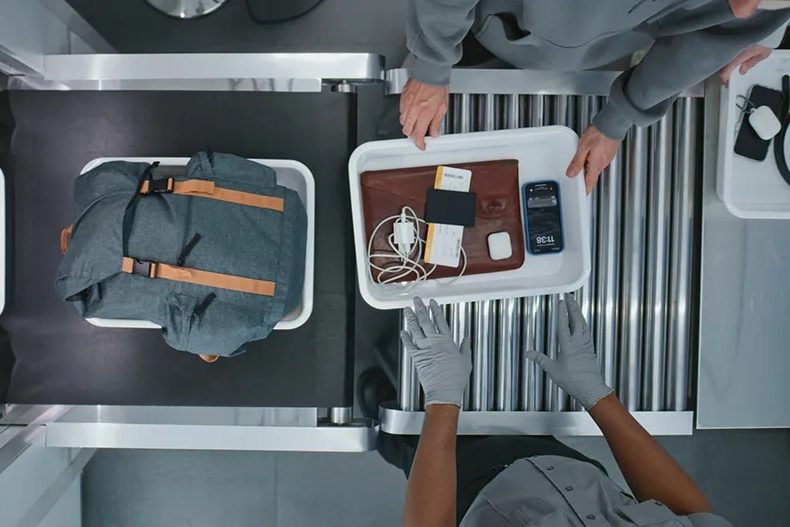
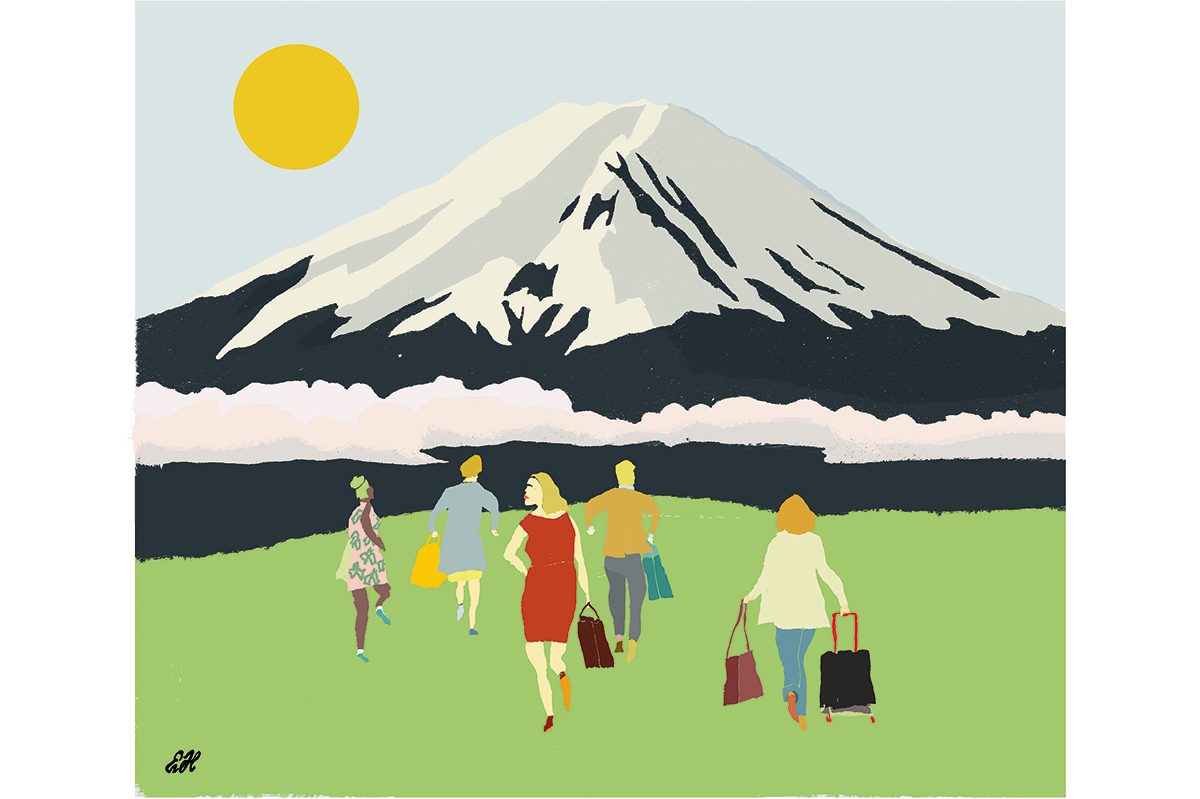







Leave a Reply